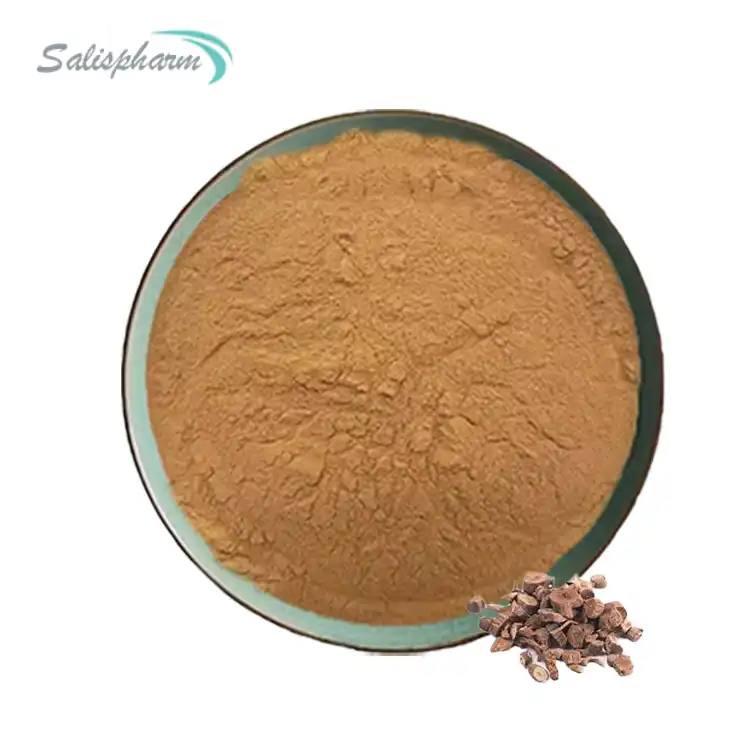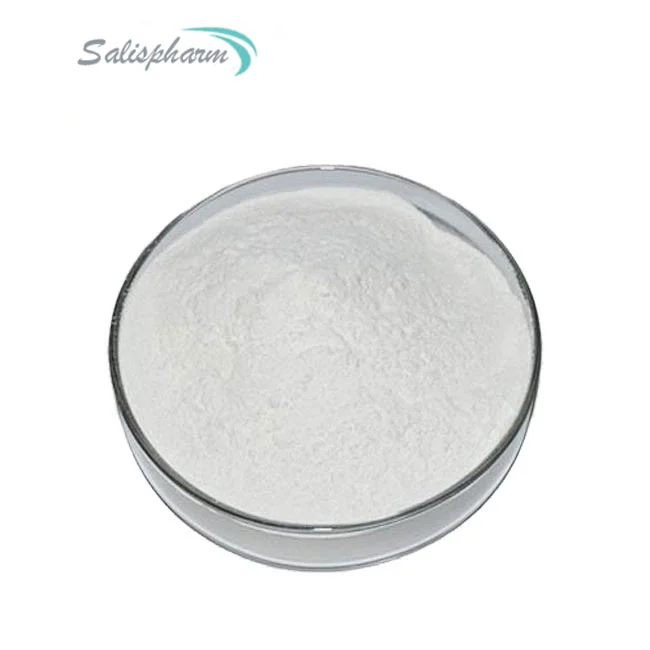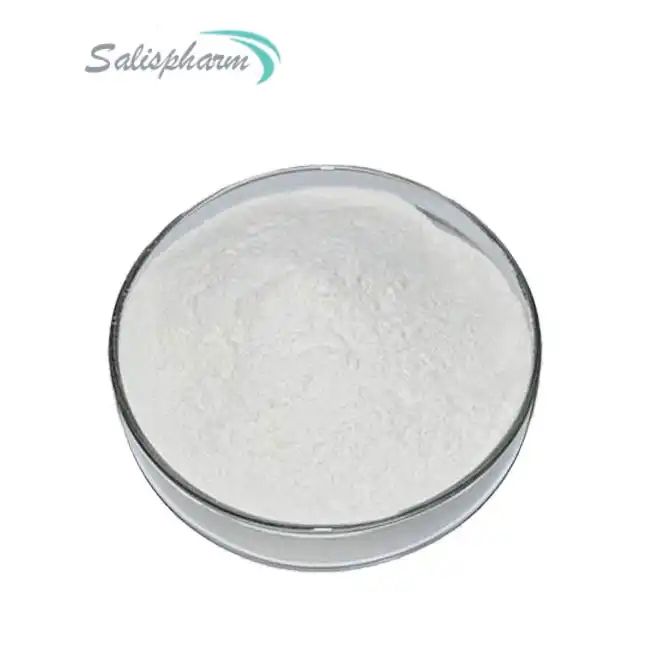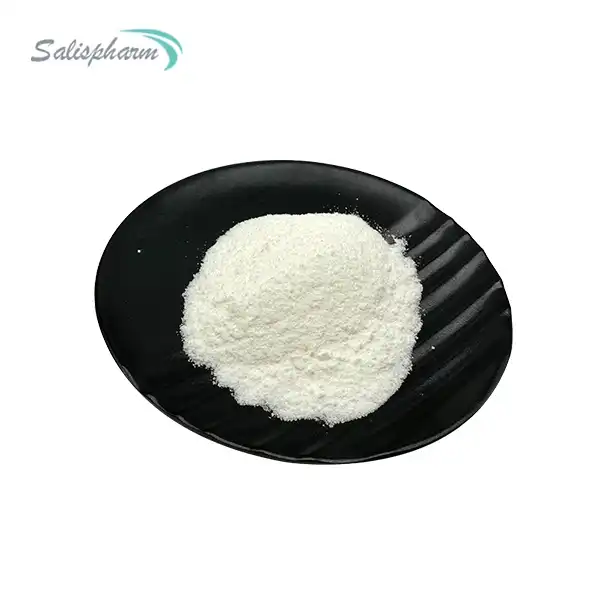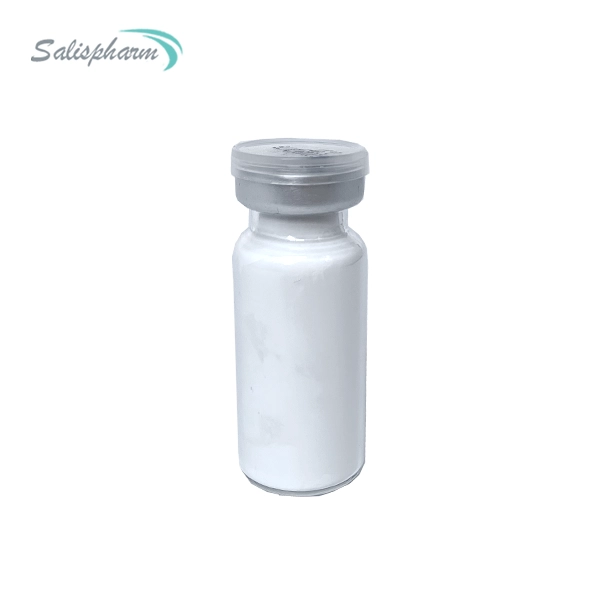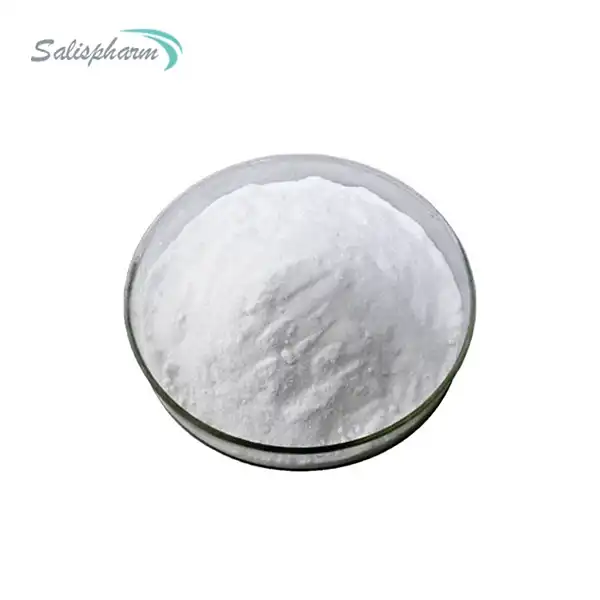Betahistine is a drug commonly used to treat various conditions, particularly those related to vertigo and balance disorders. However, there is often confusion regarding its classification as an antihistamine. In this blog, we will explore the nature of betahistine and whether it can be considered a strong antihistamine.
What is Betahistine, and How Does it Work?
Betahistine is a medication primarily prescribed for the treatment of vertigo, Ménière's disease, and other balance disorders. It is classified as a histamine analog, meaning it has a similar structure to histamine, a naturally occurring compound in the body. However, its mechanism of action is quite different from that of traditional antihistamines.
Betahistine works by improving blood flow in the inner ear, which is responsible for maintaining balance and spatial orientation. It achieves this by dilating blood vessels and increasing the concentration of histamine in the inner ear. This increased histamine levels help regulate the fluid balance and pressure within the labyrinth, a crucial structure in the inner ear responsible for balance and hearing.
While betahistine powder interacts with histamine receptors, its primary mode of action is not antihistamine in nature. It does not block or inhibit the action of histamine like traditional antihistamines do. Instead, it mimics the effects of histamine in specific areas of the body, particularly the inner ear, to improve blood flow and fluid regulation.
Is Betahistine an Antihistamine or Something Else?
Despite its name and structural similarity to histamine, betahistine is not considered a true antihistamine. Antihistamines are drugs that block or counteract the effects of histamine in the body, primarily by binding to histamine receptors and preventing histamine from exerting its effects. They are commonly used to treat allergic reactions, hay fever, and other conditions involving excessive histamine release.
In contrast, betahistine acts as a histamine agonist, meaning it binds to and activates certain histamine receptors, particularly the H3 receptors. This activation leads to increased histamine release, which is beneficial for improving blood flow and fluid regulation in the inner ear. Therefore, betahistine has a different mechanism of action compared to traditional antihistamines.
While betahistine may have some mild antihistamine-like effects due to its structural similarity to histamine, these effects are generally considered insignificant compared to its primary mode of action as a histamine agonist. As a result, betahistine powder is not classified as a strong antihistamine and is not typically used for treating conditions that require potent antihistamine action, such as allergic rhinitis or urticaria.
Betahistine's Role in Vertigo and Balance Disorders
Betahistine is primarily used to treat vertigo, a symptom characterized by a spinning sensation and disturbance of balance. It is particularly effective in managing vertigo associated with Ménière's disease, a condition characterized by episodes of vertigo, tinnitus (ringing in the ears), hearing loss, and a feeling of pressure or fullness in the affected ear.
In Ménière's disease, betahistine helps regulate the fluid balance in the labyrinth, reducing the buildup of excess fluid and alleviating the symptoms of vertigo and dizziness. It is often prescribed as a long-term treatment option for managing recurring episodes of vertigo in Ménière's disease patients.
Additionally, betahistine is used to treat other balance disorders, such as benign paroxysmal positional vertigo (BPPV), vestibular neuritis, and vestibular migraine. In these conditions, betahistine improves blood flow and fluid regulation in the inner ear, helping to restore balance and reduce the frequency and severity of vertigo episodes.
Mechanism of Action: Histamine Agonist and Vascular Effects
Betahistine's primary mechanism of action involves its effects as a histamine agonist and its ability to improve vascular function in the inner ear. Here's a more detailed explanation of how betahistine powder works:
1. Histamine agonist activity:
- Betahistine binds to and activates the H3 receptors, which are presynaptic histamine receptors located in the brain and other parts of the central nervous system.
- Activation of H3 receptors leads to increased release of histamine from histaminergic neurons.
- This increased histamine release enhances blood flow and fluid regulation in the inner ear, contributing to the improvement of vertigo and balance disorders.
2. Vascular effects:
- Betahistine dilates blood vessels in the inner ear, improving blood flow and oxygen supply to the labyrinth and associated structures.
- This improved blood flow helps maintain the proper fluid balance and pressure within the inner ear, which is crucial for normal vestibular function and balance.
- Additionally, betahistine may have a protective effect on the inner ear structures by reducing oxidative stress and inflammation.
3. Modulation of neurotransmitter release:
- Betahistine has been shown to modulate the release of various neurotransmitters, including histamine, acetylcholine, and norepinephrine, in different brain regions.
- This modulation of neurotransmitter release may contribute to betahistine's therapeutic effects in vertigo and balance disorders by influencing the vestibular system and related neural pathways.
It's important to note that while betahistine's primary mode of action is as a histamine agonist, it also exhibits other pharmacological effects, such as mild anticholinergic and anti-seizure properties, which may contribute to its overall therapeutic profile.
What are the Potential Side Effects of Betahistine?
Like any medication, betahistine can cause side effects in some individuals. The most common side effects associated with betahistine include:
1. Gastrointestinal disturbances: Betahistine may cause nausea, vomiting, abdominal discomfort, or diarrhea in some patients, especially at the beginning of treatment or when the dose is increased.
2. Headache: Some patients may experience headaches or migraines while taking betahistine.
3. Fatigue and drowsiness: Betahistine powder can cause feelings of tiredness or sleepiness in some individuals.
4. Skin reactions: Rashes, itching, or other skin-related side effects may occur in rare cases.
5. Palpitations: Some patients may experience an increased heart rate or palpitations while taking betahistine.
6. Muscle cramps or weakness: Betahistine has been associated with muscle cramps, spasms, or weakness in rare instances.
7. Dry mouth and constipation: Due to its mild anticholinergic effects, betahistine may cause dry mouth and constipation in some patients.
8. Dizziness and vertigo: Paradoxically, some patients may experience an initial worsening of dizziness or vertigo when starting betahistine treatment, which typically resolves with continued use.
It is important to note that the severity and frequency of these side effects can vary from person to person, and they may be dose-dependent. If you experience any severe or persistent side effects while taking betahistine, it is advisable to consult with your healthcare provider for proper evaluation and management.
While betahistine is generally well-tolerated, it is essential to follow the prescribed dosage and instructions carefully to minimize the risk of adverse effects.
Contraindications and Precautions
Betahistine should be used with caution in certain individuals or situations, including:
1. Peptic ulcer disease: Betahistine may increase the risk of gastrointestinal side effects, such as nausea and vomiting, in patients with a history of peptic ulcer disease.
2. Asthma or chronic obstructive pulmonary disease (COPD): Betahistine may exacerbate respiratory symptoms in patients with asthma or COPD due to its mild anticholinergic effects.
3. Glaucoma: Betahistine should be used with caution in patients with glaucoma, as it may increase intraocular pressure.
4. Pheochromocytoma: Betahistine may interfere with the diagnosis and treatment of pheochromocytoma, a rare tumor of the adrenal gland.
5. Pregnancy and breastfeeding: The safety of betahistine during pregnancy and breastfeeding has not been fully established, and it should be used only if the potential benefits outweigh the potential risks.
If you are also interested in this product and want to know more product details, or want to know about other related products, please feel free to contact iceyqiang@gmail.com.
References:
1. Lacour, M., & Sterkers, O. (2001). Histamine and betahistine in the treatment of vertigo: elucidation of mechanisms of action. CNS drugs, 15(11), 853-870.
2. Strupp, M., & Brandt, T. (2009). Peripheral vestibular disorders. Current opinion in neurology, 22(1), 81-89.
3. Jeck-Thole, S., & Wagner, W. (2006). Betahistine: a retrospective synopsis of safety data. Drug Safety, 29(11), 1049-1059.
4. Mira, E. (2003). Improving the test for identifying the cause of vertigo. Journal of the neurological sciences, 210(1-2), 3-9.
5. Harcourt, J., & Vortherms, T. (2006). Betahistine in Meniere's disease. Postgraduate Medical Journal, 82(965), 169-172.
6. Mira, E., Guidetti, G., Ghilardi, L., Fattori, B., Malannino, N., Maiolino, L., ... & Nuti, D. (2003). Betahistine dihydrochloride in the treatment of peripheral vestibular vertigo. European Archives of Oto-Rhino-Laryngology, 260(2), 73-77.
7. Barranco, F., & López-Cuenca, R. (2013). Betahistine in the treatment of vertigo: a clinical practice review. Drugs of today, 49(10), 627-636.
8. Strupp, M., Zwergal, A., & Brandt, T. (2008). Episodic ataxia type 2. Neurotherapeutics, 5(2), 267-278.
9. Oberman, B. S., Longrigg, A., & Pitcher, D. W. (1986). A review of betahistine, a unique histamine-analogue, in the treatment of vertigo. Drugs, 32(Suppl 1), 14-24.
10. Vavelidis, K., & Janzen, V. P. (2004). Betahistine for the treatment of vertigo: a review. Journal of Otolaryngology, 33(6), 354-359.

